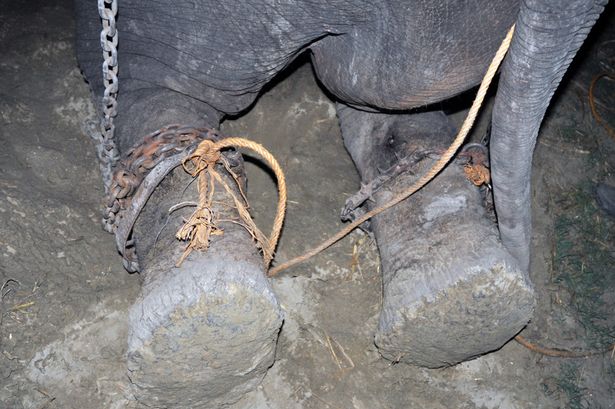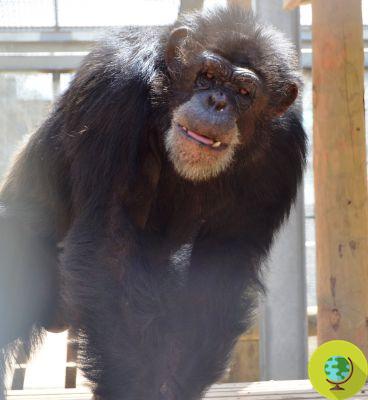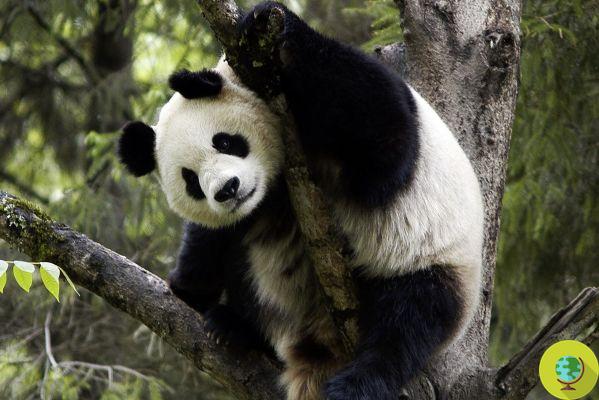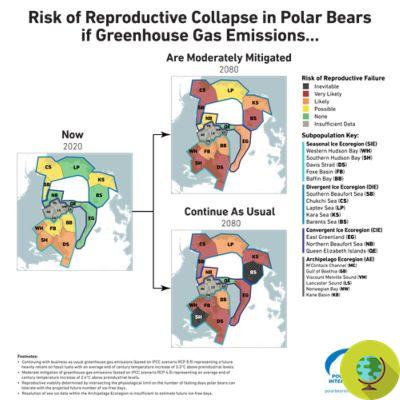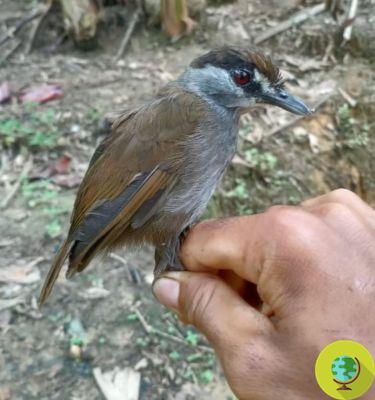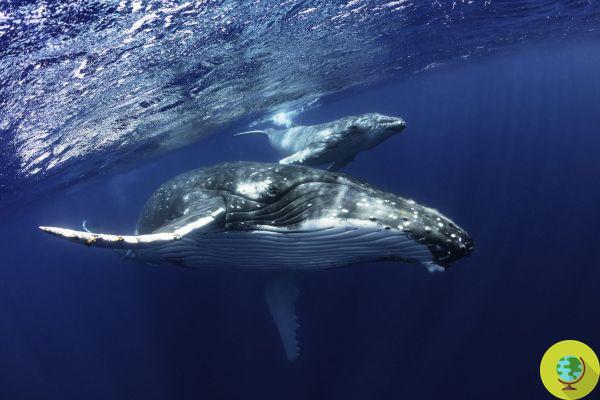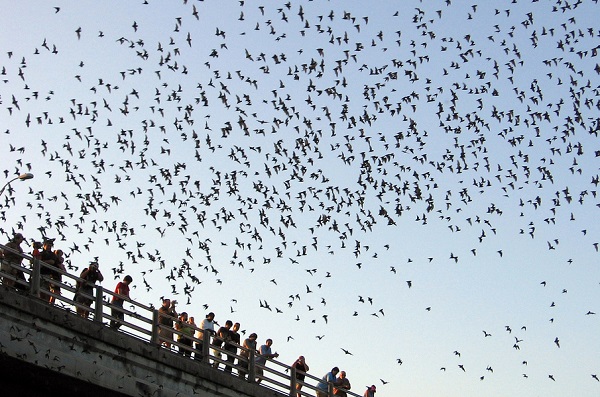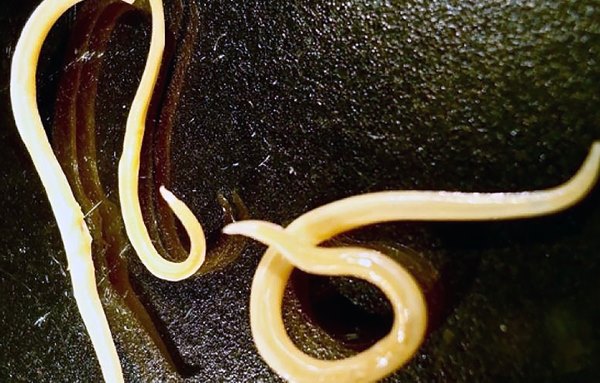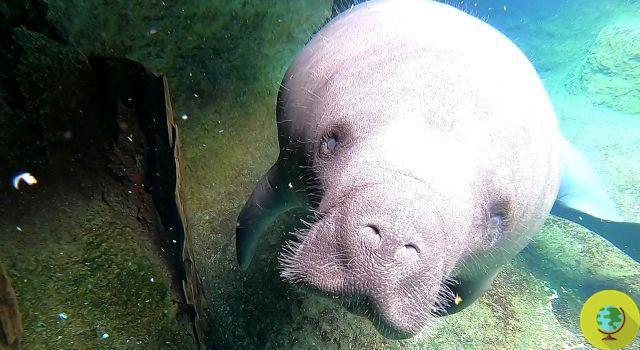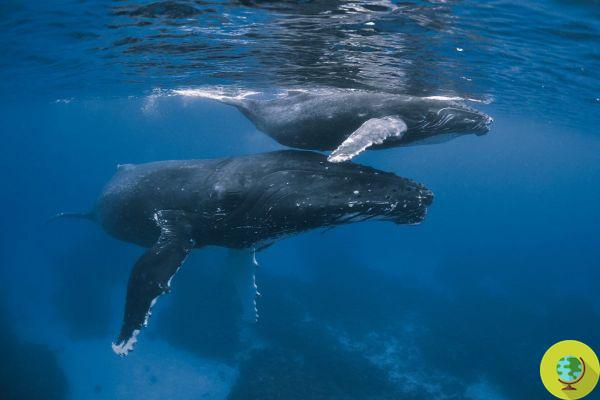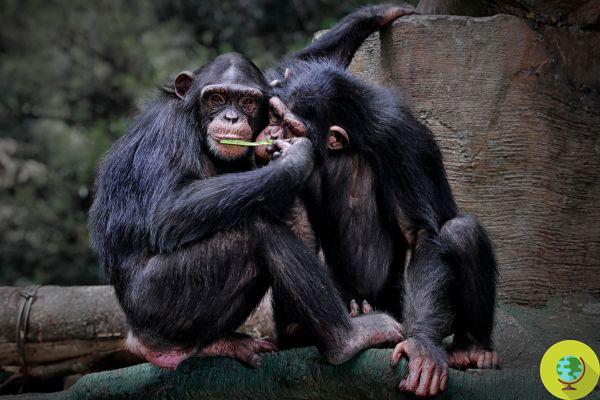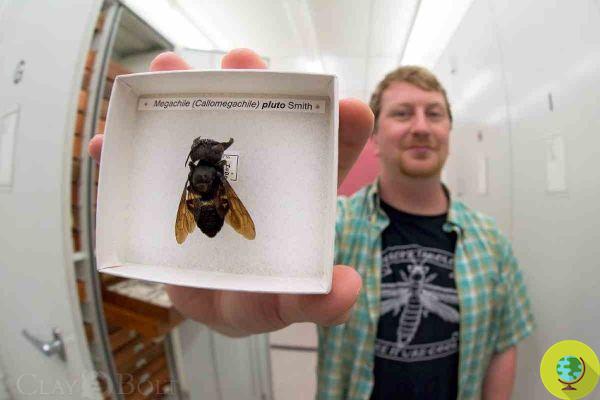
The rediscovery of Wallace's giant bee was a sensational event which, however, inevitably exposed the insect to the risk of extinction again and it is no longer surprising that all this has always happened at the hands of the man who fails. to protect the natural heritage
He is about to end up run over, his mother saves him
Wallace's Megachile pluto or giant bee is the largest bee in the world and is four times the size of a common bee. This huge insect was now believed to be extinct until, in January 2019, a team of entomologists spotted a specimen in Indonesia after almost four decades.
The rediscovery, however, was anything but simple also because, before going in search of a Megachile pluto in nature, the entomologist Eli Wyman and the photographer Clay Bolt studied the bee for a long time, but, being difficult to obtain the authorizations to perform genetic tests on the samples of giant bee Wallace preserved in the American Museum of Natural History, the two therefore decided to embark on a research expedition.
Once in the heart of Indonesia, Wyman and Bolt embarked to reach Halmahera, the largest of the islands of the North Moluccas, and for five days they went into the forest, examining in vain the possible nests of Megachile pluto. When they were determined to leave Halmahera, in a seemingly uninhabited termite nest a dark spot caught the eye of the empire who climbed into the branches and observed a giant Wallace bee with their own eyes.
It is the largest bee in the world and is not extinct. Wallace Giant's Bee spotted
Eli Wyman was high and so incredulous that he had rediscovered an insect believed to be extinct, but his enthusiasm has died away gradually noting that on the part of the Indonesian government there was who knows what interest in safeguarding this species so vulnerable that, had it not been the largest bee in the world, perhaps it would have disappeared on the sly, without anyone noticing.
Not only have contacts between Indonesia and Wyman ceased, but the rediscovery of the Megachile pluto has attracted collectors of rare insects and animals, setting in motion a dangerous business. After the entomologist returned to America, he noticed that someone was trying to sell a giant Wallace bee online.
It seems that it is impossible to see beyond the economic value of a Megachile pluto and not to consider this incredible insect for what it is: a living being with a state of conservation at risk that should be safeguarded and that has the right to live and populate the Planet just as much as we have it.
Fonte: Undark /Re:Wild
Follow your Telegram | Instagram | Facebook | TikTok | Youtube
Read also:
- One million species are threatened with extinction (and world leaders are watching)
- Believed to be extinct, a horseshoe bat found for the first time in 40 years
- Very rare pygmy chameleon found: it is not extinct but it needs our protection




